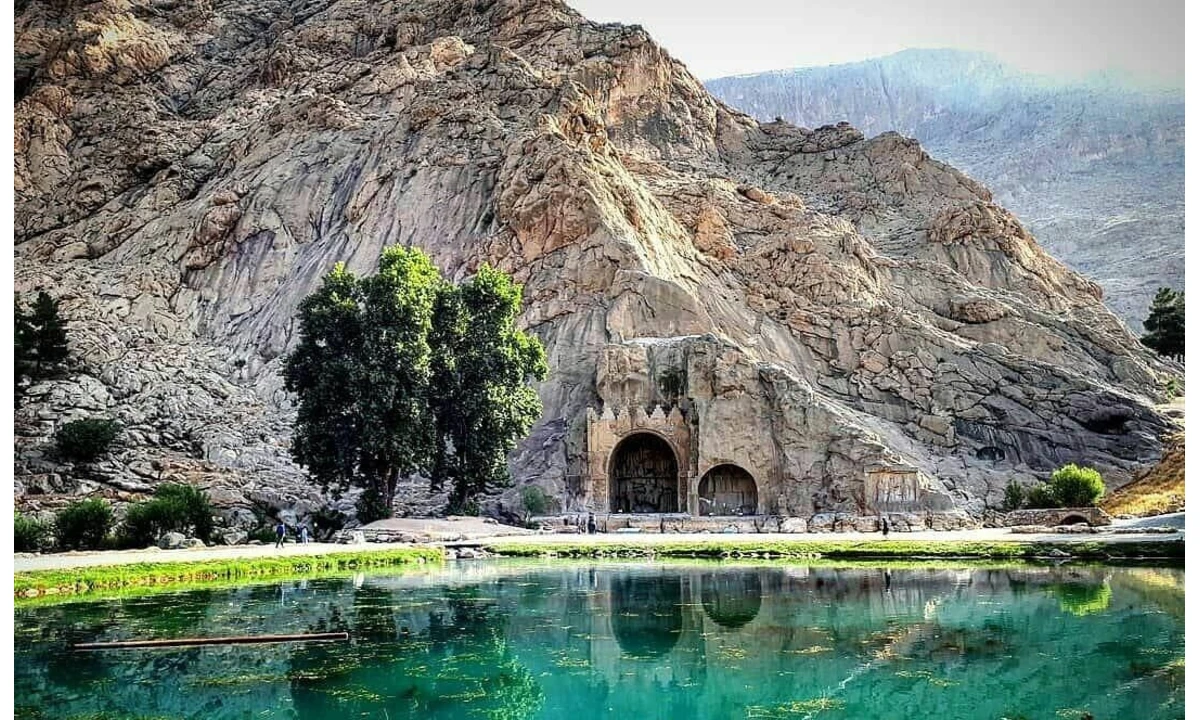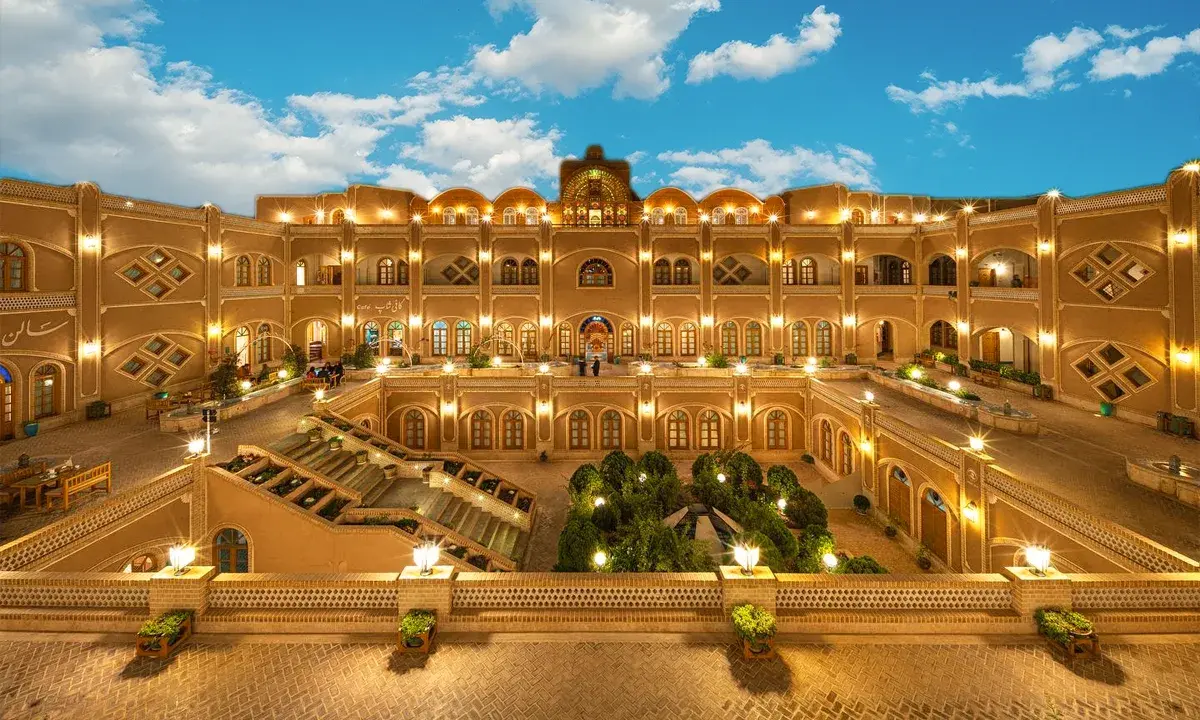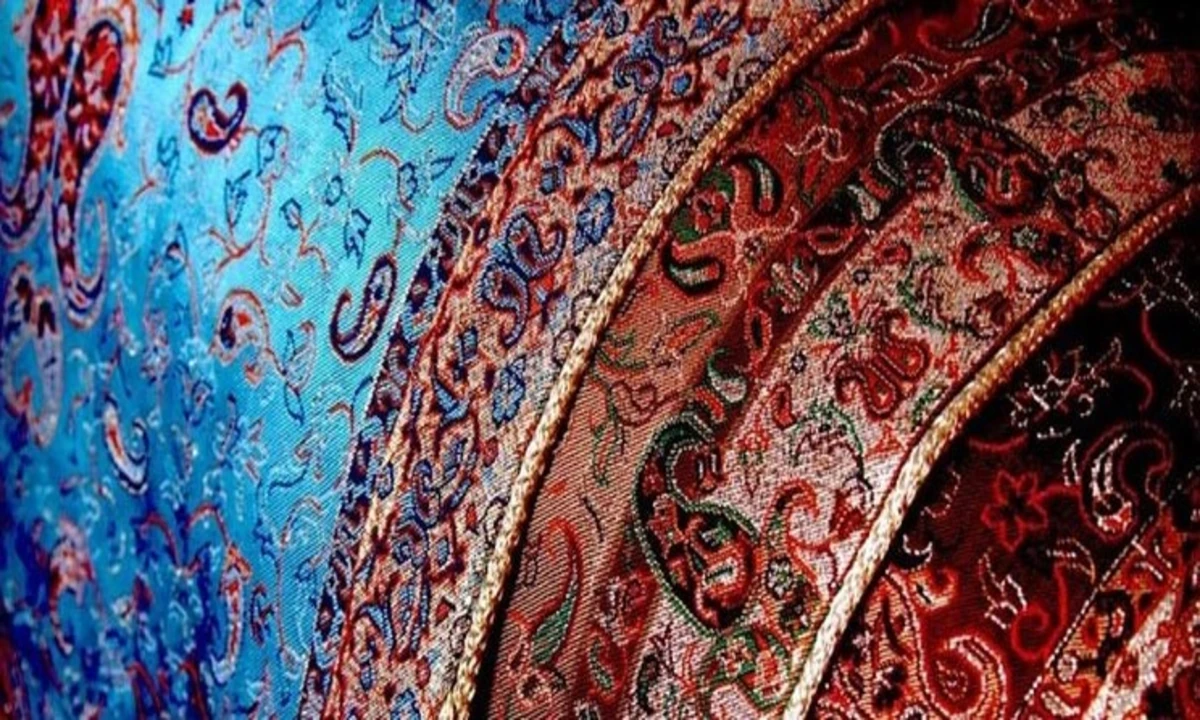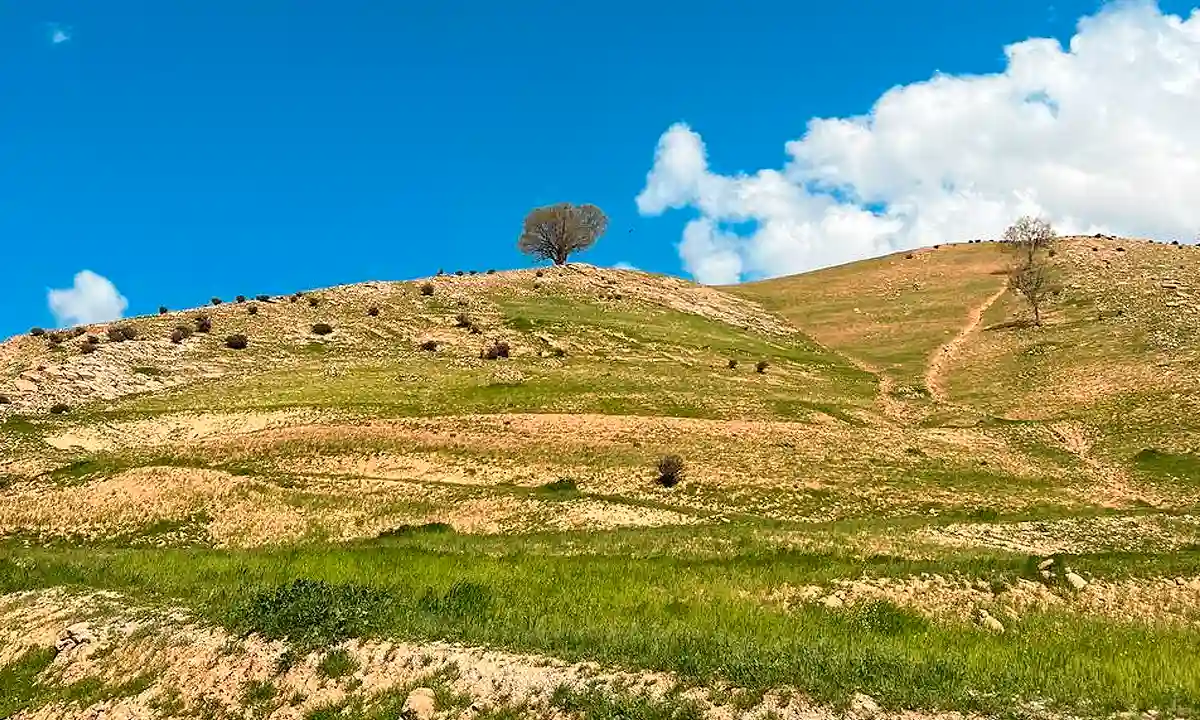Travel to Hamadan; the Capital of Asian Tourism
![]() Author : Alirezaa | Date : Sunday 26 January 2025 12:39
Author : Alirezaa | Date : Sunday 26 January 2025 12:39
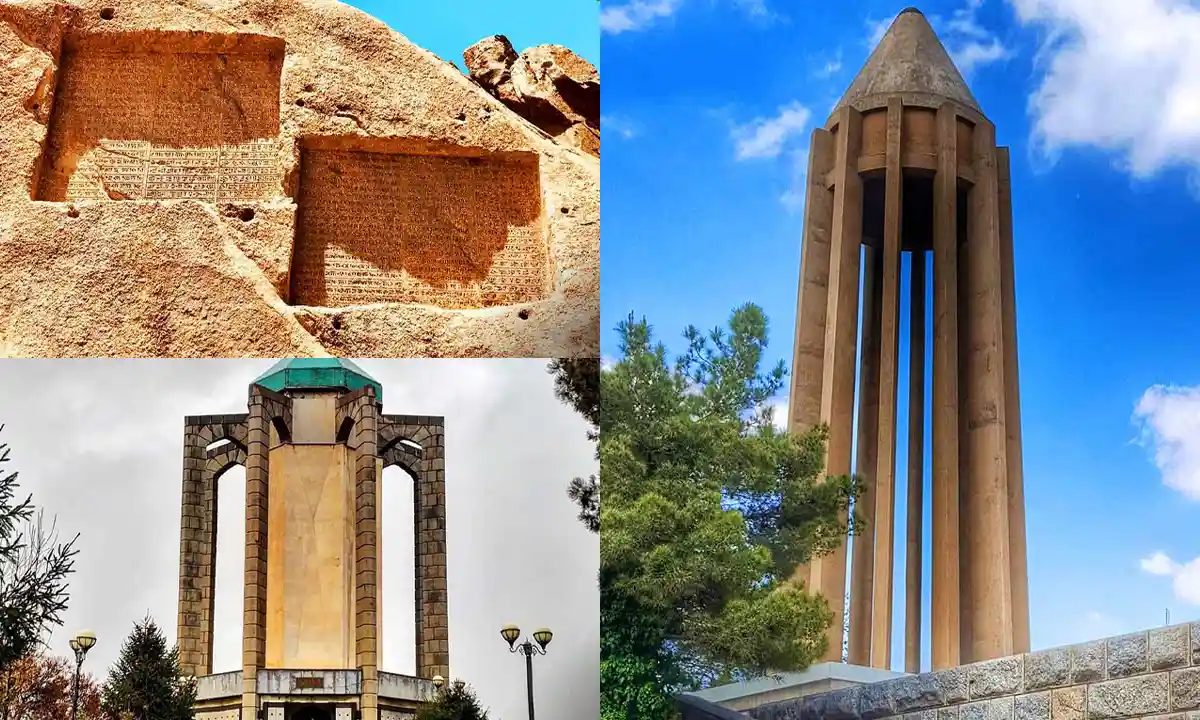
Hamadan, located in western Iran at the foot of the Alvand Mountain, is one of Iran's oldest cities, rich in history and cultural heritage. Known for its significant historical sites, the city offers a unique glimpse into Iran's ancient civilizations. With a blend of cultural landmarks and natural beauty, Hamadan is a captivating destination for those interested in exploring the depth of Iran's historical and cultural landscape.
In this guide, you'll discover Hamadan's must-visit historical sites, such as the ancient Ganjnameh Inscriptions and the Tomb of Esther and Mordechai, alongside natural wonders like the Alvand Mountain and Ali Sadr Cave. You'll also taste local culture through bustling bazaars, traditional cuisine, and unique pottery crafts. Whether you're an avid history buff, nature enthusiast, or cultural explorer, this article will provide you with all you need to experience the best of Hamadan in 2024.
Historical Sites and Museums
Ganjnameh Inscriptions
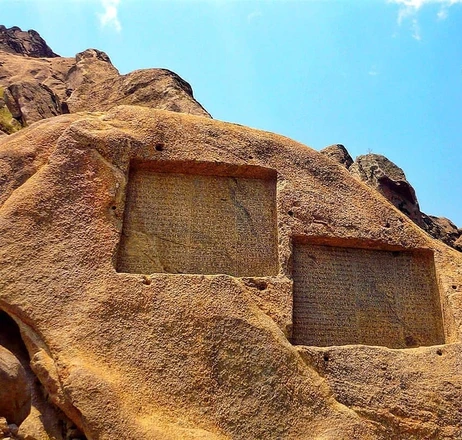
The Ganjnameh inscriptions are a captivating historical site located just outside Hamadan. These ancient inscriptions are carved into a rock face and date back over 2,500 years to the era of Darius the Great and Xerxes I of the Achaemenid Empire. The texts are written in three languages: Old Persian, Elamite, and Babylonian, serving as royal decrees and a testament to the empire's power and influence. Adjacent to these monumental inscriptions is a well-developed park, offering visitors amenities such as picnic areas, walking paths, and even a cable car, making it a perfect spot for historical exploration and leisure activities.
✔️Read More : Ganjnameh Tourist Resort Complex
The Tomb of Esther and Mordechai
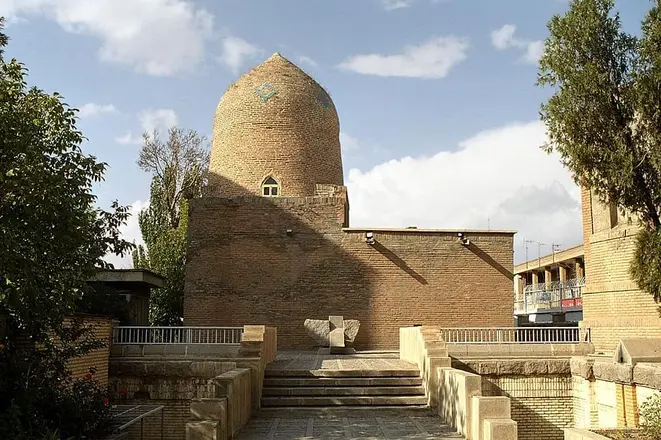
The Tomb of Esther and Mordechai holds a significant place in Jewish heritage and is a key site in Hamadan's multicultural tapestry. According to tradition, this tomb houses the remains of Esther, a Jewish queen, and her uncle Mordechai, heroes of the Purim story from the Hebrew Bible. The site is a pilgrimage destination and a symbol of the long-standing Jewish presence in Iran, reflecting the country's diverse cultural and religious history. The structure itself is notable for its traditional dome and brickwork, embodying the region's architectural styles.
Hegmataneh Ancient City
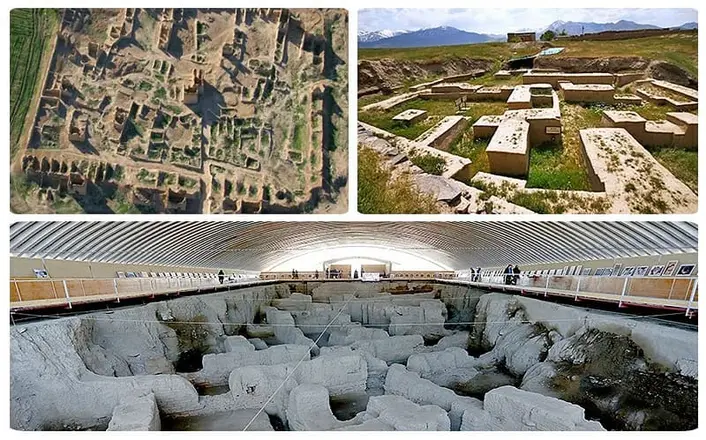
Hegmataneh, also known as Ecbatana, is believed to be among the world's oldest cities, with archaeological evidence dating back to the 6th century BCE. It served as the ancient capital of the Median Empire before becoming an important city under successive empires, including the Achaemenids, Seleucids, Parthians, and Sassanids. Today, visitors can explore the site's ruins, which include city walls, palaces, and temples, offering a glimpse into its glorious past and the various cultures that flourished here over millennia.
Avicenna Mausoleum (Ibn Sina)
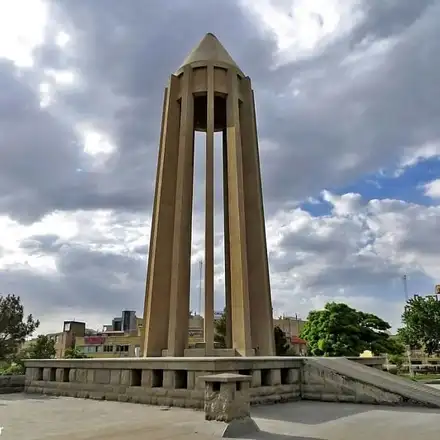
The Avicenna Mausoleum commemorates the life and achievements of one of history's greatest polymaths, Avicenna (Ibn Sina). Avicenna's contributions to philosophy, medicine, and science are unparalleled, and his works, especially "The Canon of Medicine," remained authoritative texts in both the Islamic world and Europe for centuries. The mausoleum, located in Hamadan where Avicenna spent his final years, is a modern structure reflecting traditional Persian architecture. Its design includes a towering spire symbolizing Avicenna's enduring legacy and influence, making it a must-visit for those interested in the intellectual history of the Middle East.
Natural Attractions
Alvand Mountain
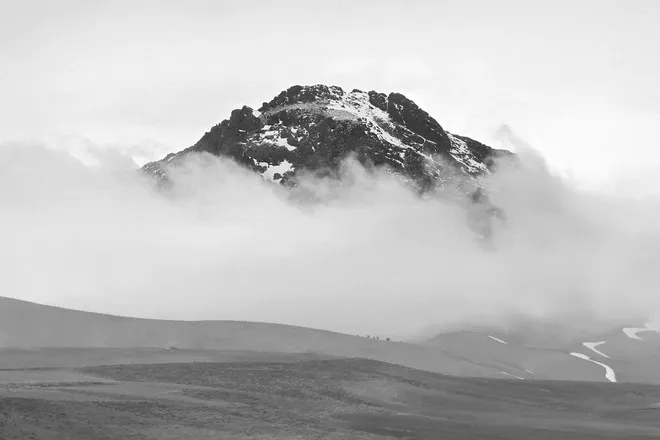
Alvand Mountain stands as a majestic natural landmark near Hamadan, reaching elevations that offer breathtaking views of the surrounding landscape. This mountain is not just a scenic wonder but also a hub for outdoor activities, including hiking, climbing, and in the winter, skiing. The significance of Alvand extends beyond its natural beauty; it holds cultural and historical importance for locals and visitors alike, symbolizing endurance and majesty. The mountain's diverse flora and fauna, coupled with its challenging and accessible trails, make it a perfect destination for adventurers and nature lovers.
Ganjnameh Waterfall
Located in the same vicinity as the ancient Ganjnameh Inscriptions, the Ganjnameh Waterfall is a natural spectacle that complements the historical richness of the area. This beautiful waterfall, cascading down the mountainous terrain, creates a serene and picturesque setting ideal for picnics and family outings. The surrounding area is equipped with amenities that cater to visitors, including recreational facilities and walking paths, making it a popular spot for relaxation and enjoyment in the heart of nature.
Ali Sadr Cave
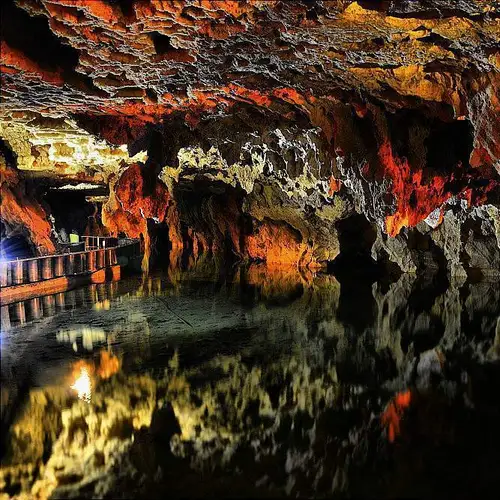
Ali Sadr Cave is a natural marvel and one of the world's largest water-filled caves, renowned for its enormous subterranean lakes and intricate canal systems. Visitors can embark on boat tours to navigate the cave's vast, tranquil waters, gliding under dramatic stalactite and stalagmite formations. The cave's interior is illuminated, highlighting its geological features and creating a surreal experience as you explore this ancient, water-carved labyrinth. The constant temperature inside the cave provides a cool escape during the hot summer months, making it a unique and refreshing adventure for all ages.
Cultural Experiences
Bazaar of Hamadan
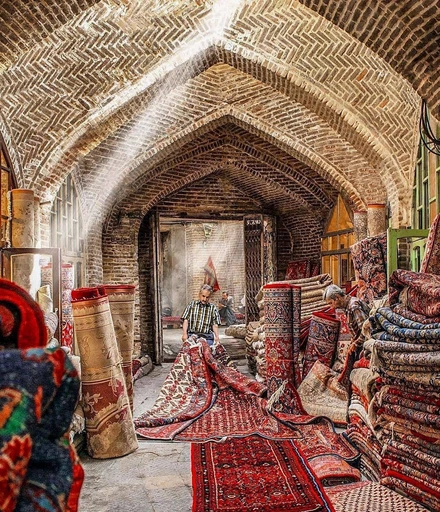
The Bazaar of Hamadan offers a vibrant glimpse into the local culture and traditional marketplace dynamics, where the exchange of goods goes hand in hand with social interactions. This bustling market is a treasure trove for those looking to immerse themselves in the local way of life, offering everything from intricately designed local crafts to pottery and high-quality leather goods. Wandering through the bazaar, visitors can observe the rich craftsmanship that Hamadan is known for, making it an ideal place for finding unique souvenirs and gifts. The lively atmosphere, coupled with the aroma of spices and the array of colors, makes the bazaar an essential cultural experience for any visitor.
Lalejin Pottery Town
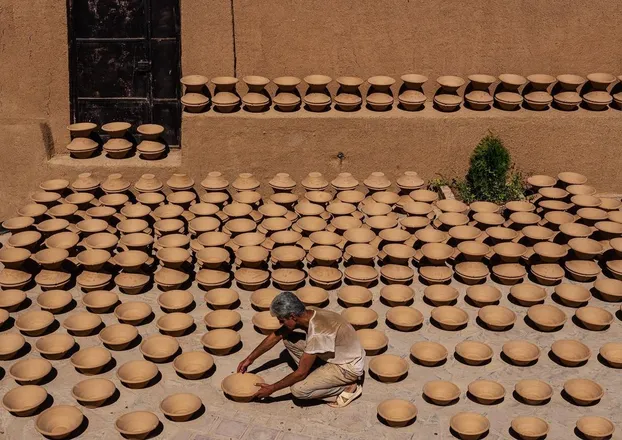
Just a short distance from Hamadan lies Lalejin, a town with a reputation as the pottery capital of Iran. Renowned for its exquisite ceramics and pottery, Lalejin provides a fascinating insight into the traditional art form that has been passed down through generations. Visitors can explore numerous workshops and showrooms where skilled artisans craft beautiful pieces right before their eyes, offering a deeper understanding of the precision and creativity involved in pottery making. The town itself is a testament to the enduring importance of ceramics in Iranian culture, making it a must-visit for those interested in traditional crafts and artisanal heritage.
Traditional Cuisine Tasting
Hamadan's culinary offerings are as rich and varied as its culture, providing a delightful experience for food enthusiasts. Sampling traditional cuisine is a way to engage with the city's cultural identity, with dishes that reflect the blend of influences and ingredients unique to the region. Visitors are encouraged to try local specialties such as "Kabab Digi" (pot kebab), "Abgoosht" (meat and bean stew), and "Ash" (a thick soup), among others. Many restaurants and eateries in Hamadan pride themselves on using recipes that have been in families for generations, offering authentic tastes and flavors. Recommendations for the best places to experience Hamadan's cuisine can lead visitors to hidden gems where they can enjoy meals that tantalize the palate and create lasting memories of their journey through Iran's culinary landscape.
✔️Read More : Persian Cuisine | Top Persian Foods That Tourists Love
Practical Information for Visiting Hamadan
Getting Around Hamadan
Hamadan's layout and attractions are accessible through various means of transportation, making it convenient for visitors to explore the city and its surroundings.
- Public Transport: Hamadan's public transportation system includes buses and taxis, which are affordable and convenient for getting around the city. Taxis can be hailed on the street, and for a more personalized experience, there are private hire options available through local companies.
- Car Rental: For those who prefer to explore at their own pace, renting a car is a viable option. Offering a range of vehicles to suit different needs and budgets. Driving in Hamadan allows for more flexibility in visiting outlying attractions, such as Ali Sadr Cave or Lalejin Pottery Town.
Best Time of Year to Visit
The best time to visit Hamadan depends on your interests and tolerance for weather conditions.
- Spring (April to June): This period offers pleasant weather, with mild temperatures and the natural landscape in bloom, making it ideal for outdoor activities and exploring the city's historical sites.
- Autumn (September to November): Similar to spring, autumn provides comfortable temperatures and the changing colors of nature. These seasons also avoid the extreme heat of summer and the cold, snowy winters.
- Considering Special Events: If you're interested in experiencing local culture and festivals, plan your visit around specific events or celebrations you wish to attend. Keep in mind that the Persian New Year (Nowruz) in late March is a significant time for locals, with many festivities and possibly altered business hours.
✔️Read More : When is the best time to visit Iran? | 2024 update
Accommodations
Hamadan offers a range of accommodations to suit all preferences and budgets.
- Luxury Options: For those seeking comfort and high-end amenities, Hamadan has several luxury hotels that provide guests with exceptional service, comfortable rooms, and additional facilities such as spas, restaurants, and business centers.
- Mid-Range Hotels: There is a good selection of mid-range hotels in Hamadan, offering a balance between comfort and cost. These hotels often feature convenient locations, clean and comfortable rooms, and friendly service.
- Budget Accommodations: For travelers on a tight budget, Hamadan offers guesthouses and budget hotels. These accommodations provide basic amenities and a comfortable place to stay without the frills of more expensive options.
- Traditional Stays: For a unique experience, consider staying in a traditional guesthouse or boutique hotel that offers a glimpse into the local culture and architecture.
For the best deals and availability, it's advisable to book your accommodations in advance, especially if you're planning to visit during peak travel seasons or around special events.
Read More: Isfahan travel Blog - Tehran Travel Blog - Shiraz Travel Blog - Tabriz Travel Blog - Qeshm Travel Blog - Kashan Travel Blog
Last Word
Hamadan stands out as a compelling destination for those drawn to the intersections of history, nature, and culture. With its ancient inscriptions, historical mausoleums, vibrant bazaars, and stunning natural landscapes, Hamadan offers a rich tapestry of experiences that span millennia. The city is not just a portal into Iran's illustrious past but also a testament to the enduring beauty and resilience of its landscapes and people.
Visitors are encouraged to delve beyond the well-trodden paths of its main attractions to uncover the deeper charm of Hamadan. Each street, alley, and surrounding village tells a story, offering insights into a way of life that has thrived in this region for centuries. Whether you're exploring the ancient Hegmataneh city, marveling at the craftsmanship in Lalejin, or enjoying the serene beauty of Alvand Mountain, Hamadan promises a journey filled with discovery and wonder.
As you plan your visit, consider the best times to explore, the most convenient modes of transportation, and the accommodations that suit your style and budget. Hamadan is more than just a destination; it's an experience waiting to be embraced.



